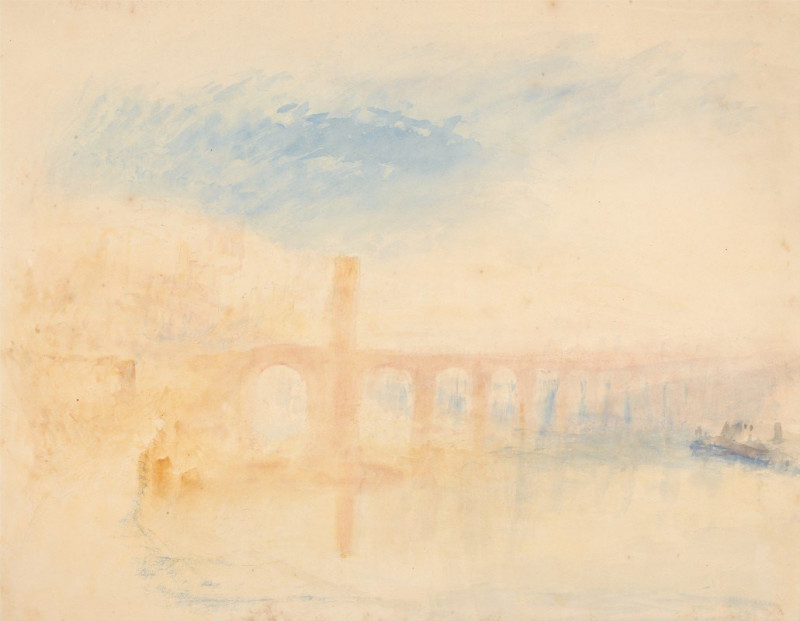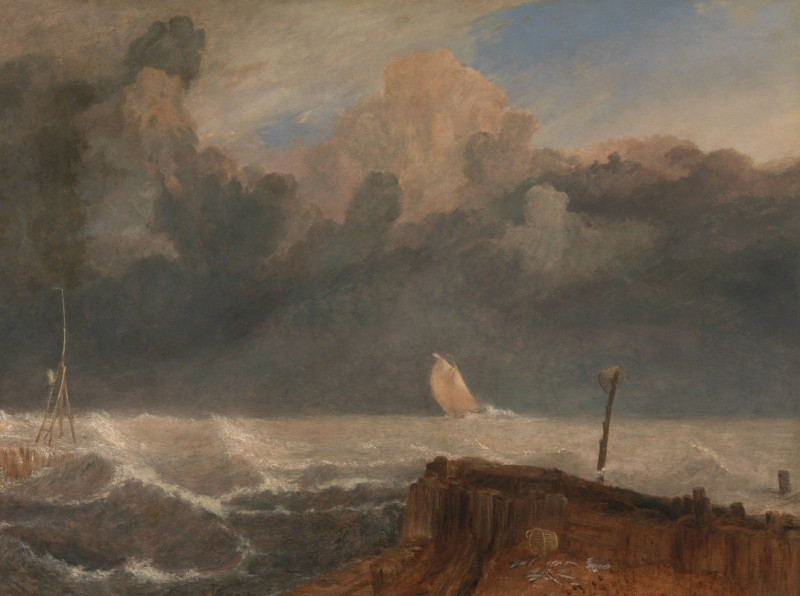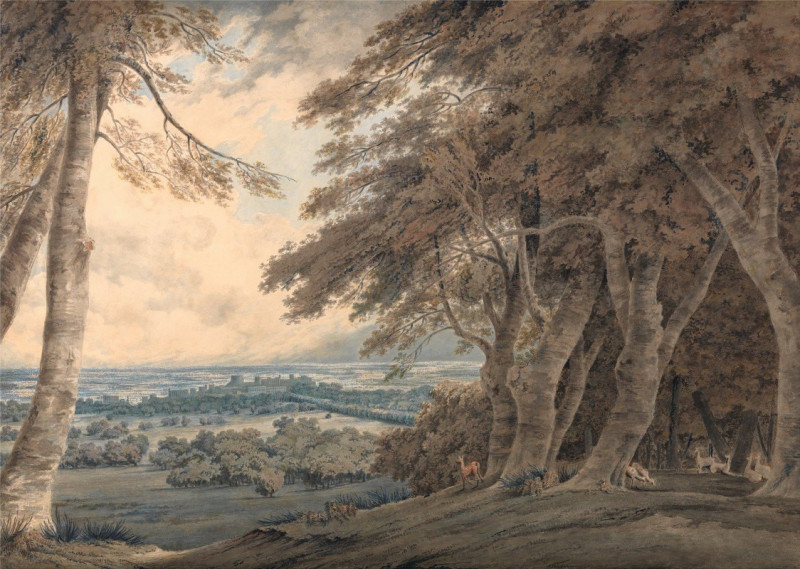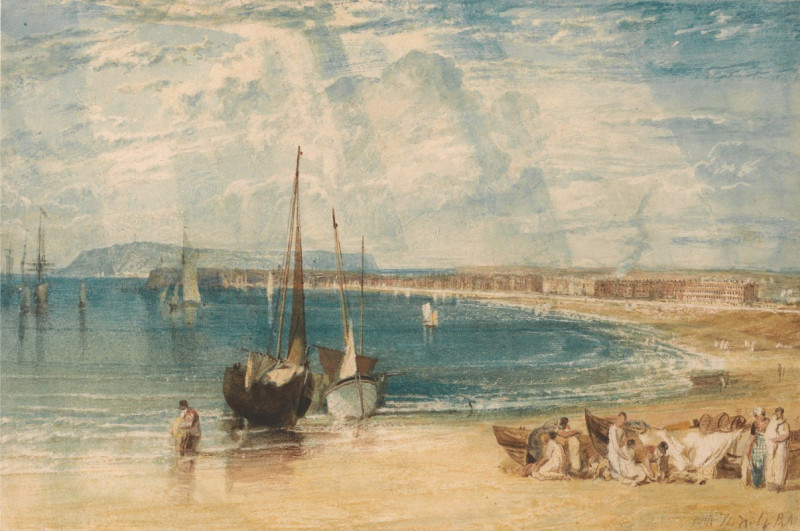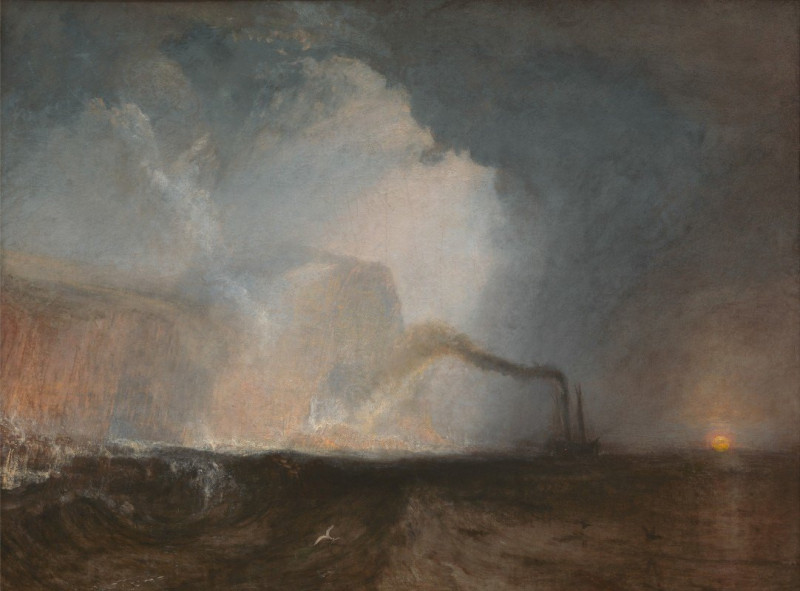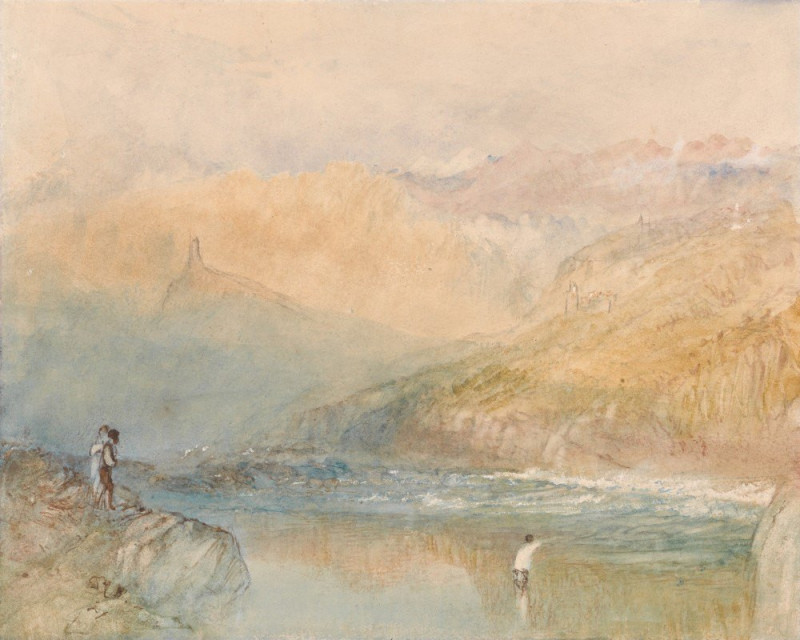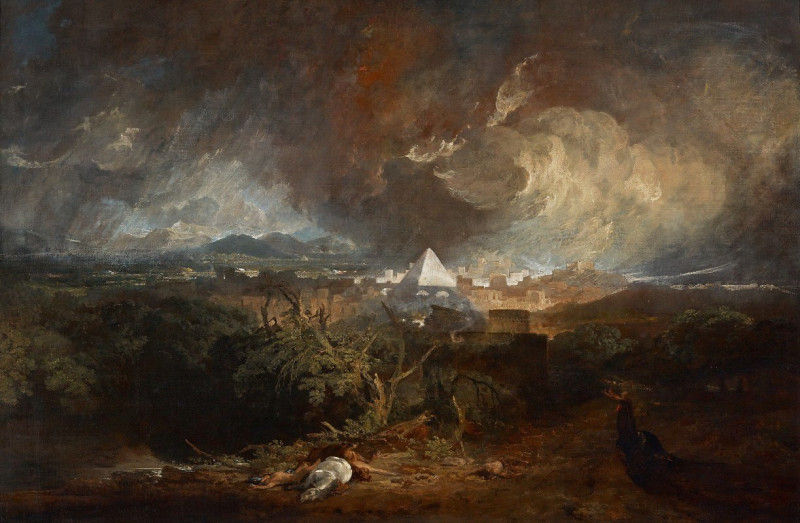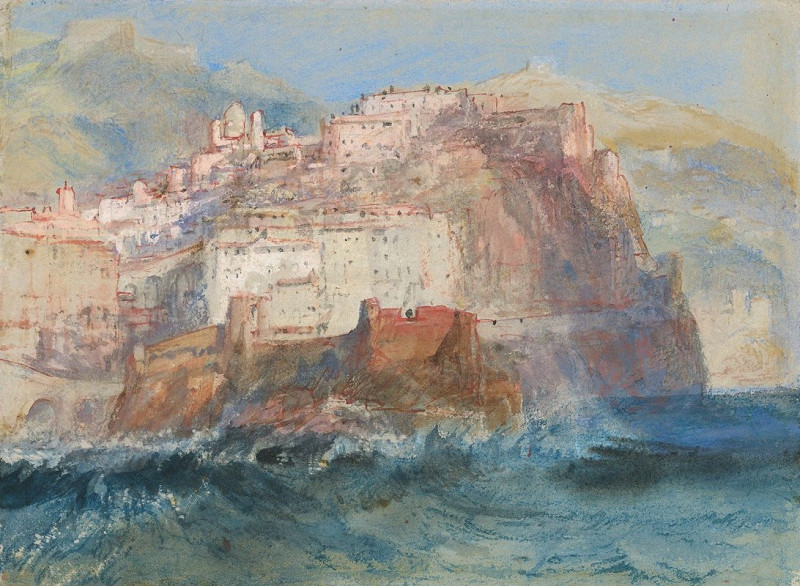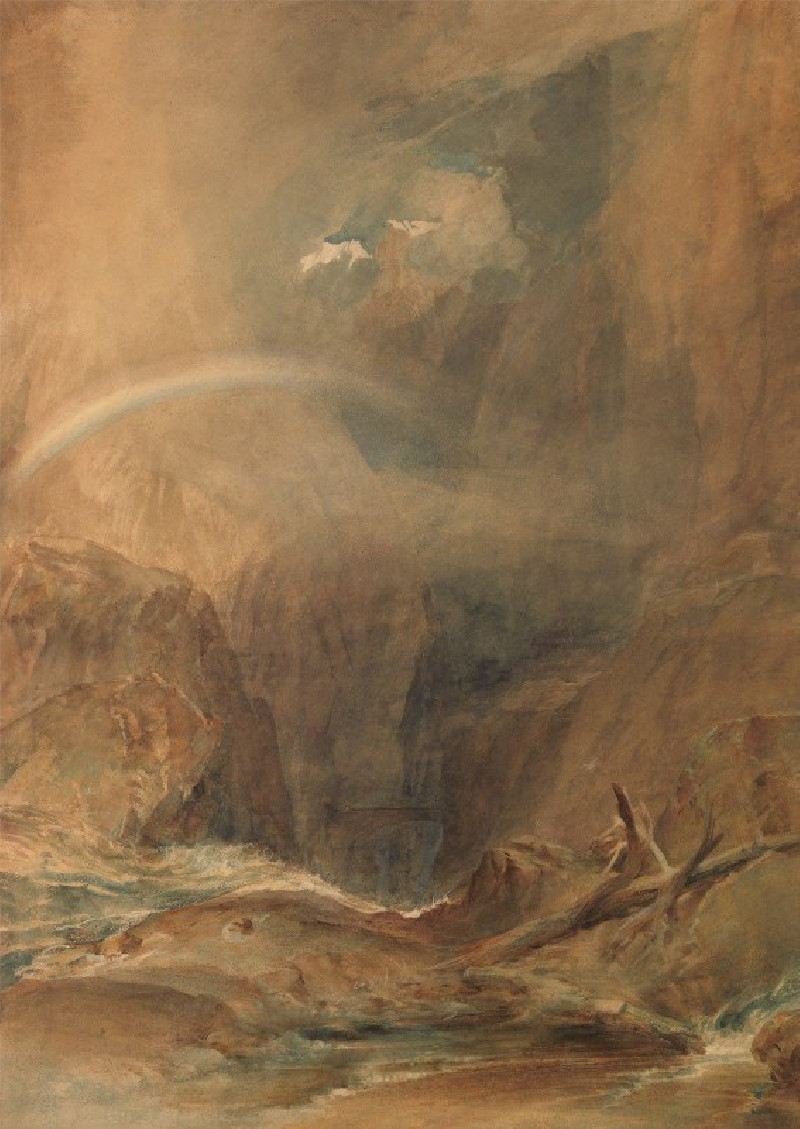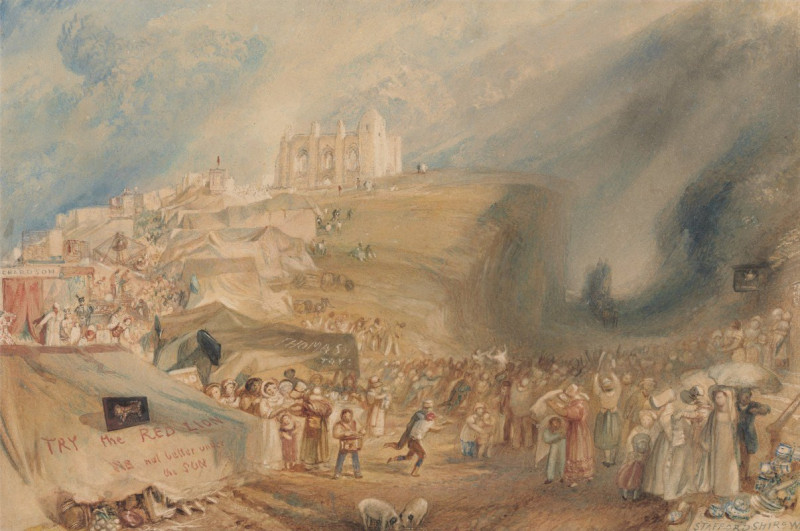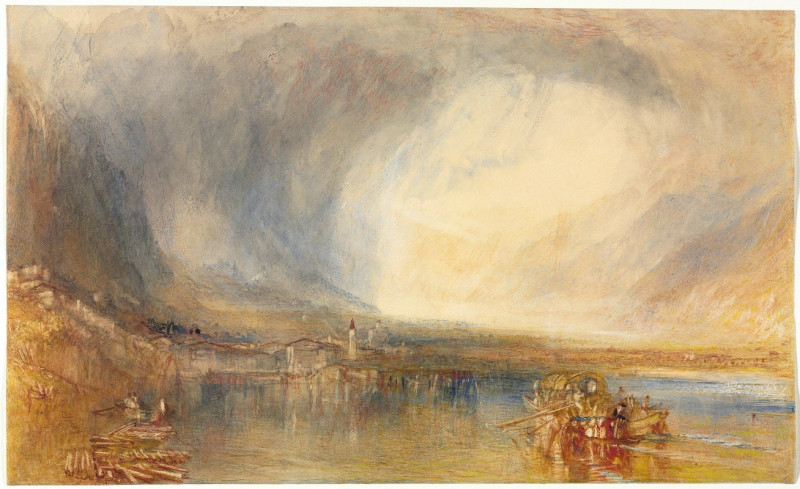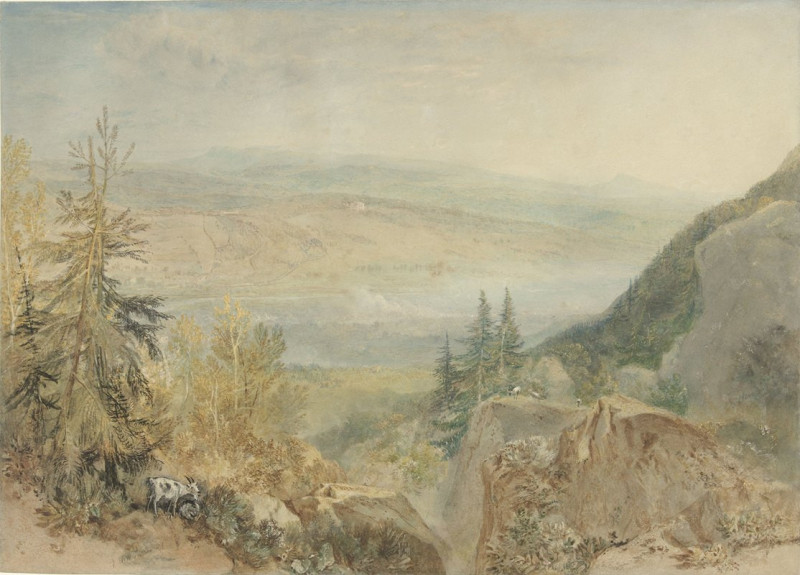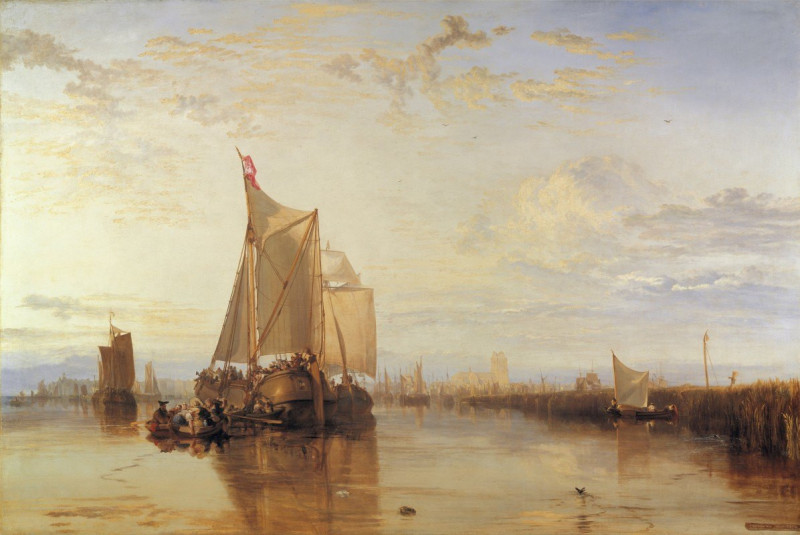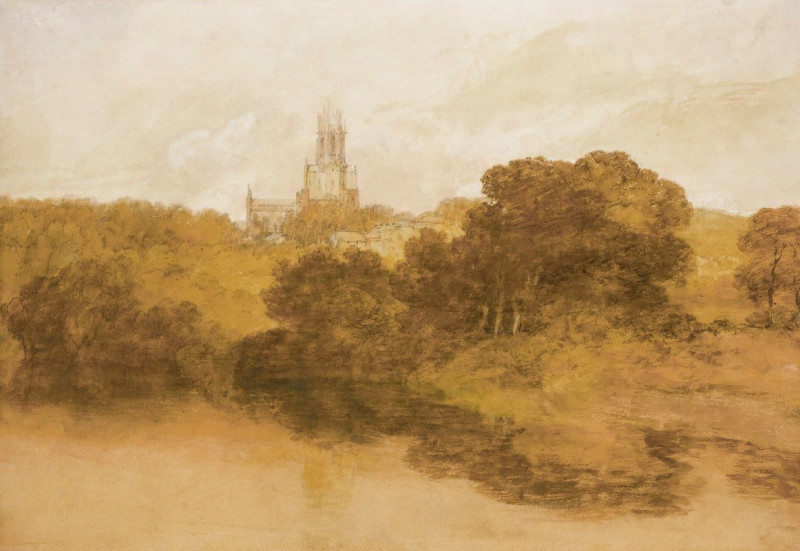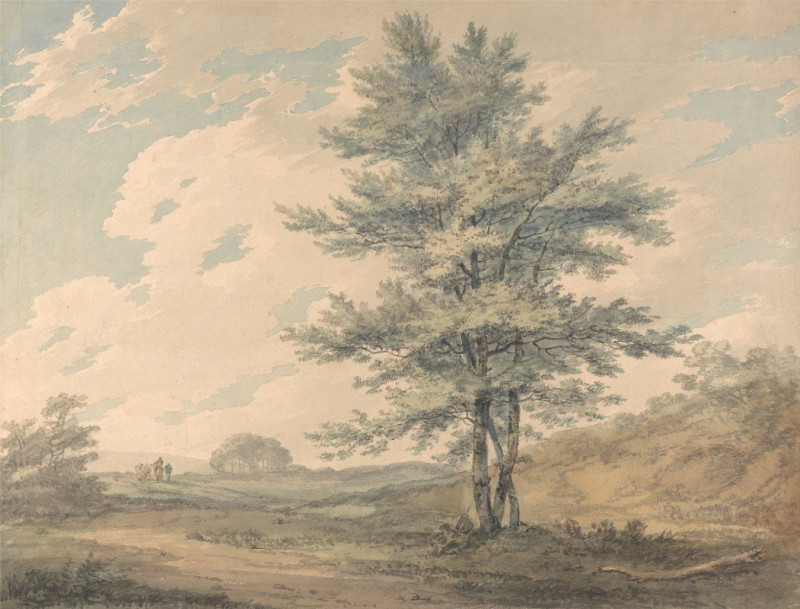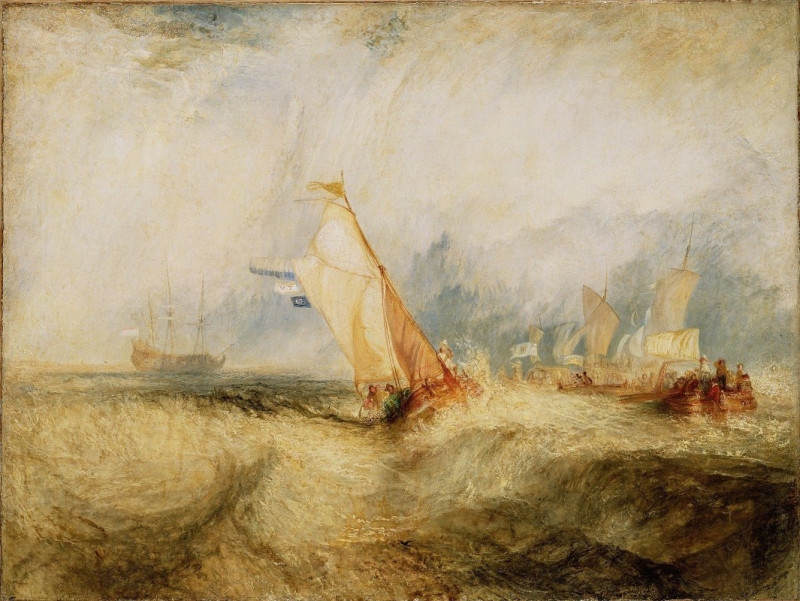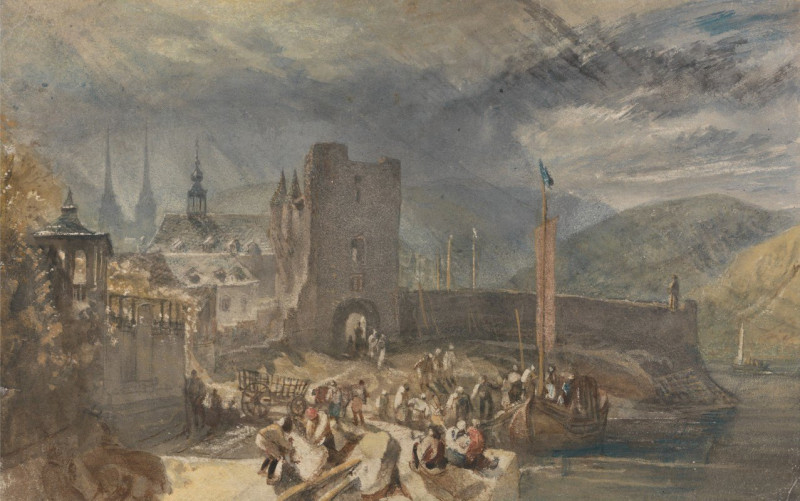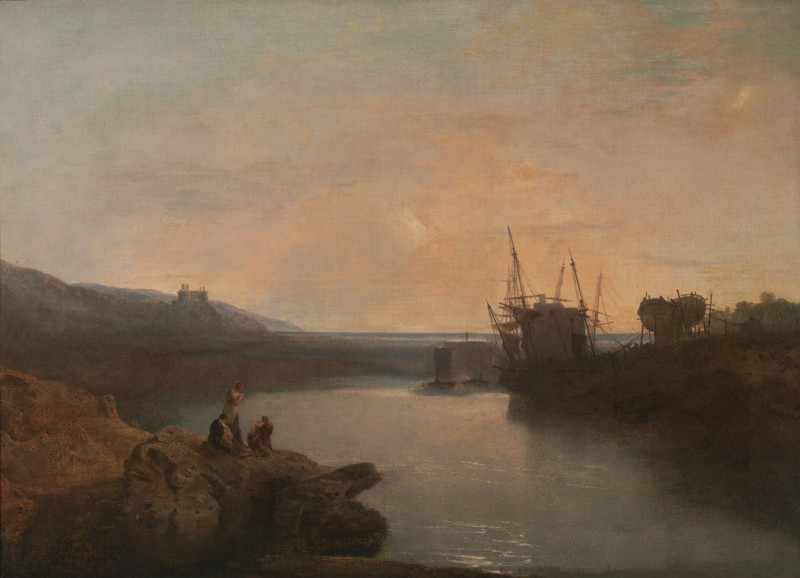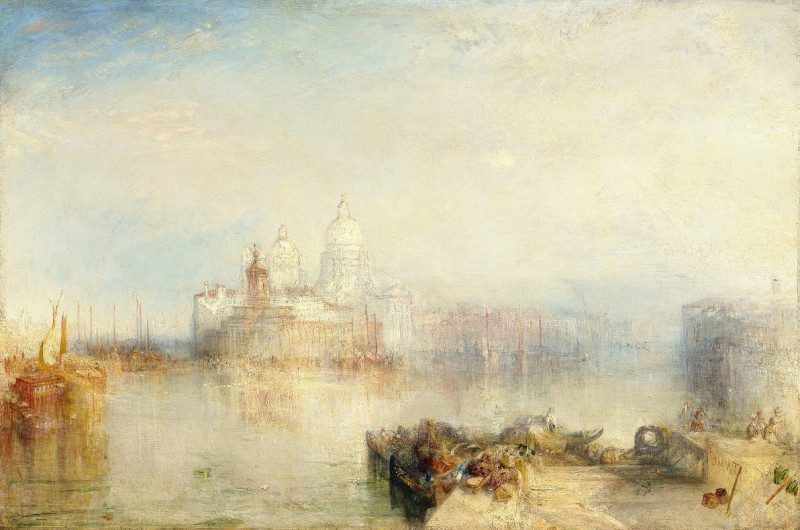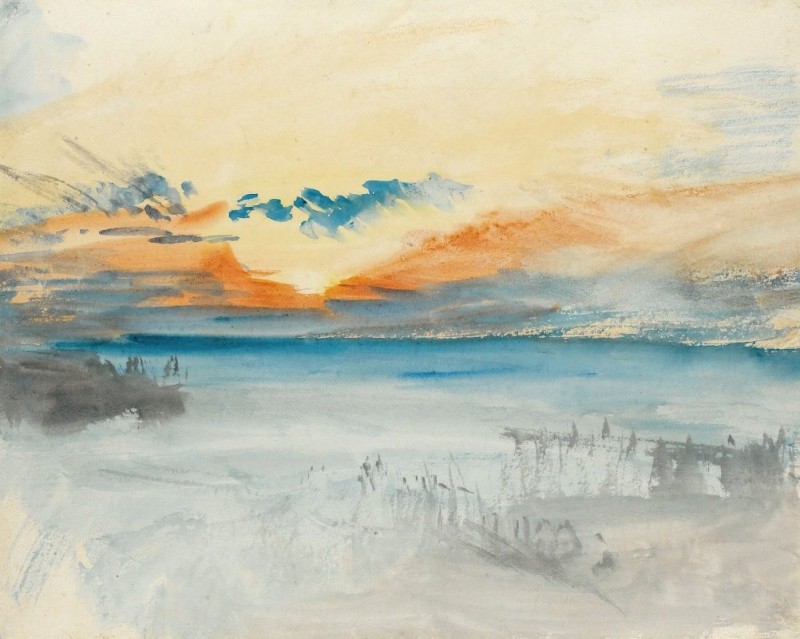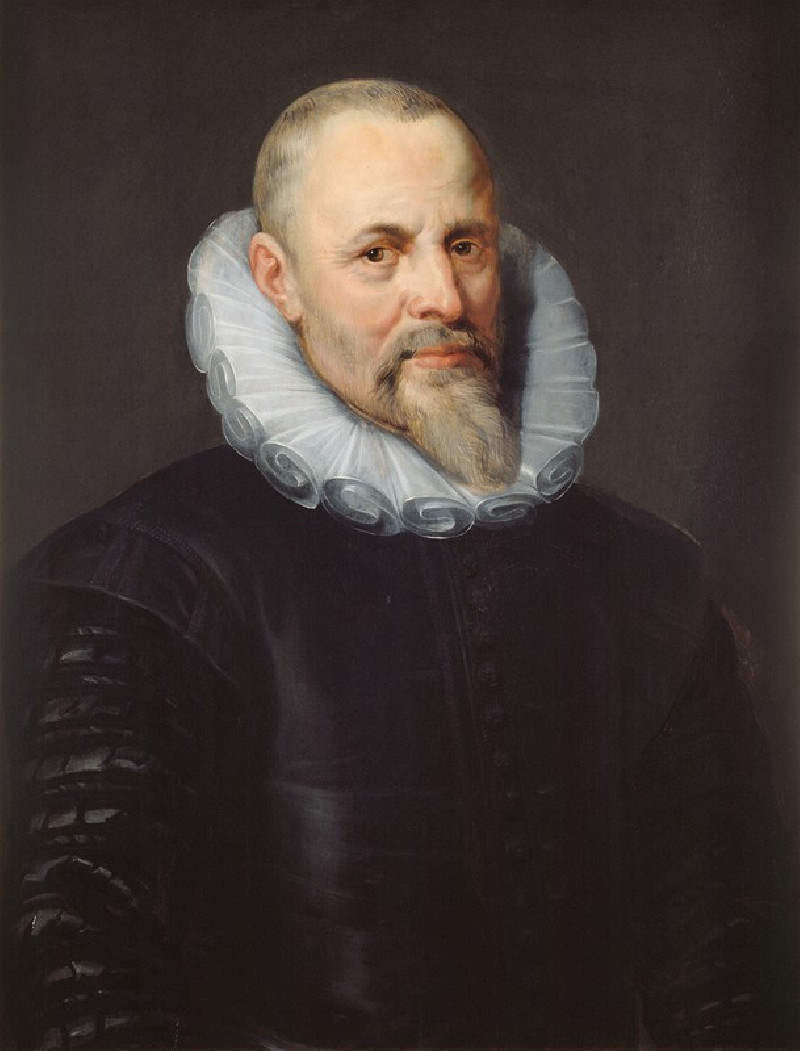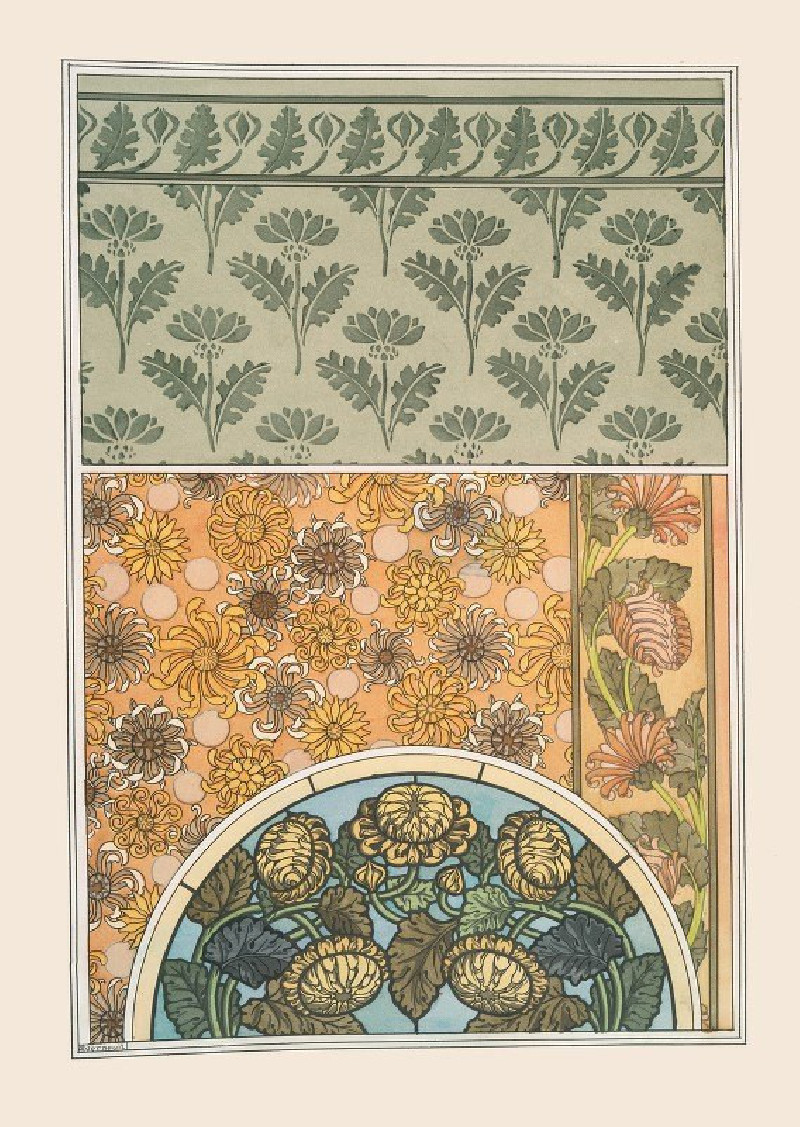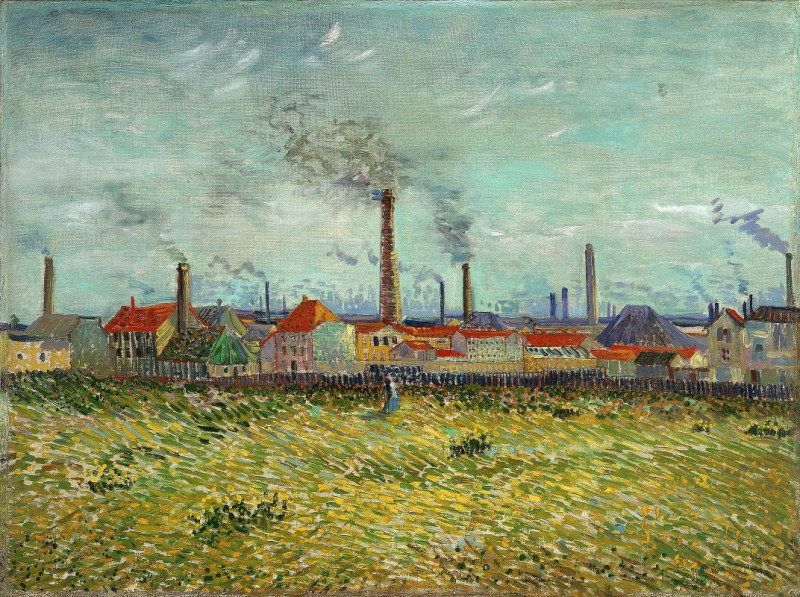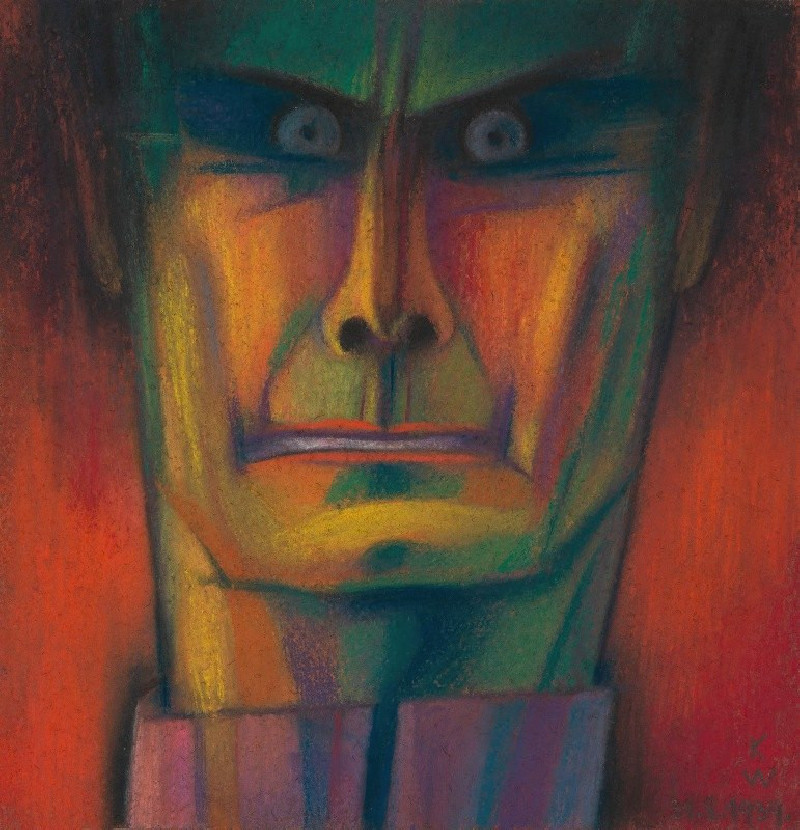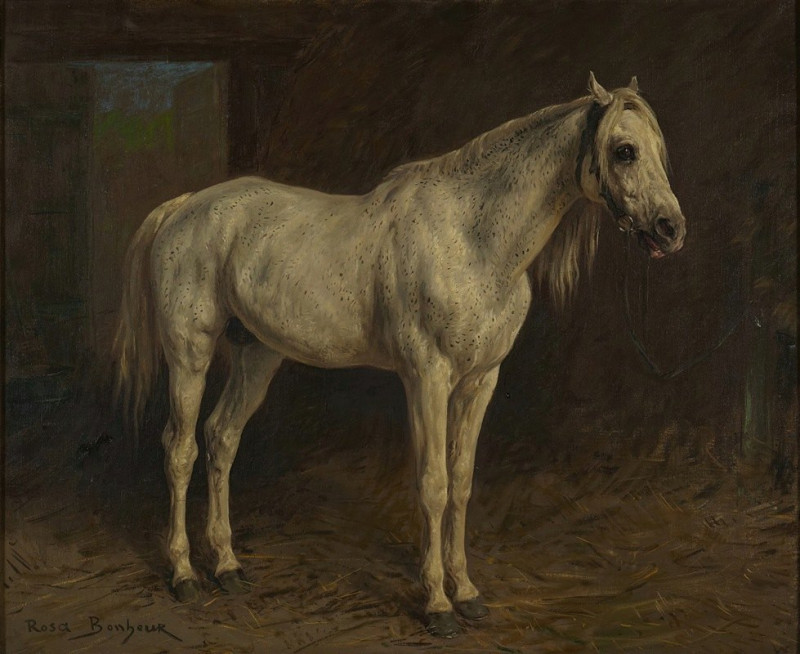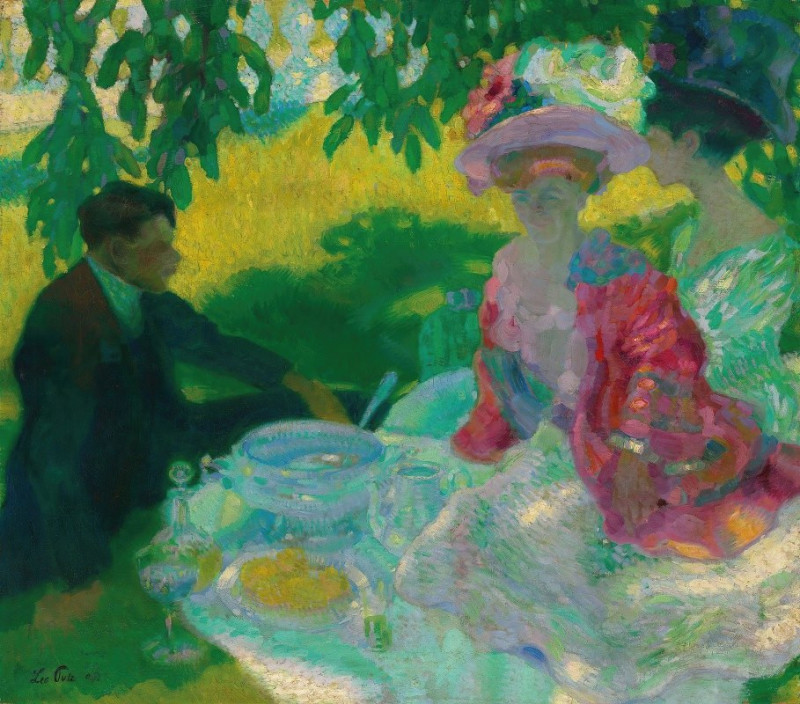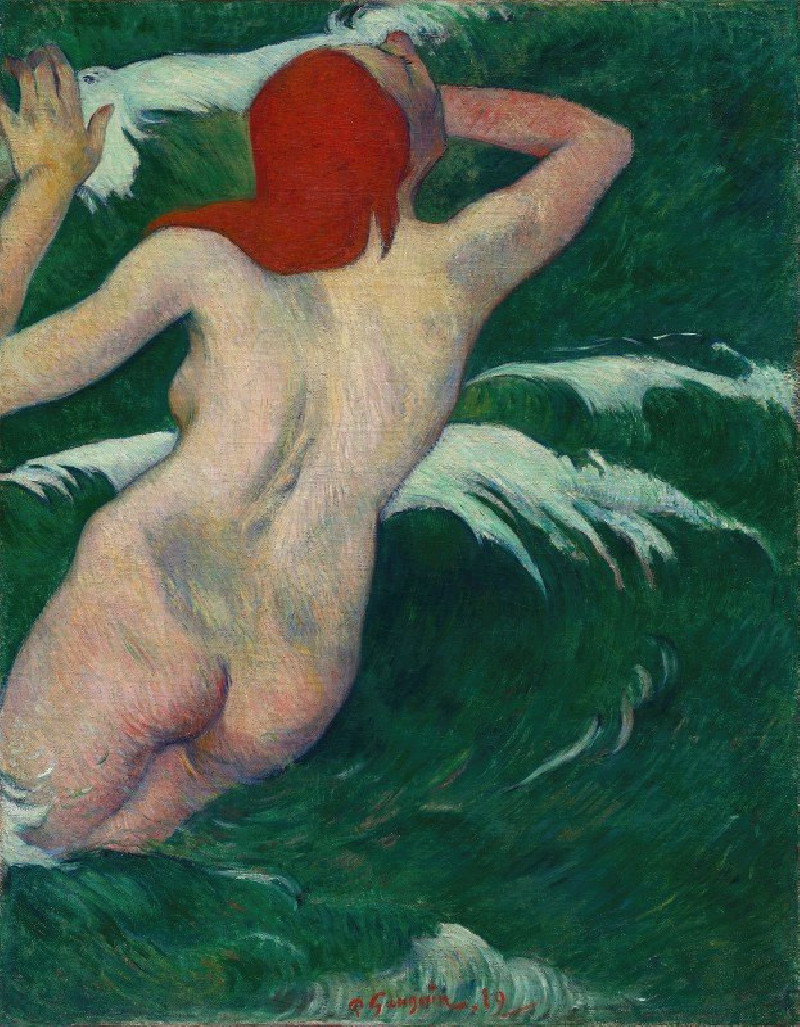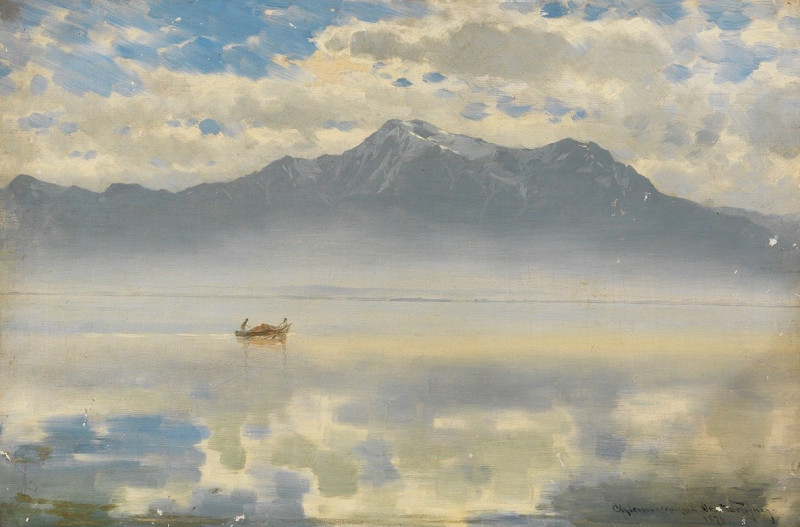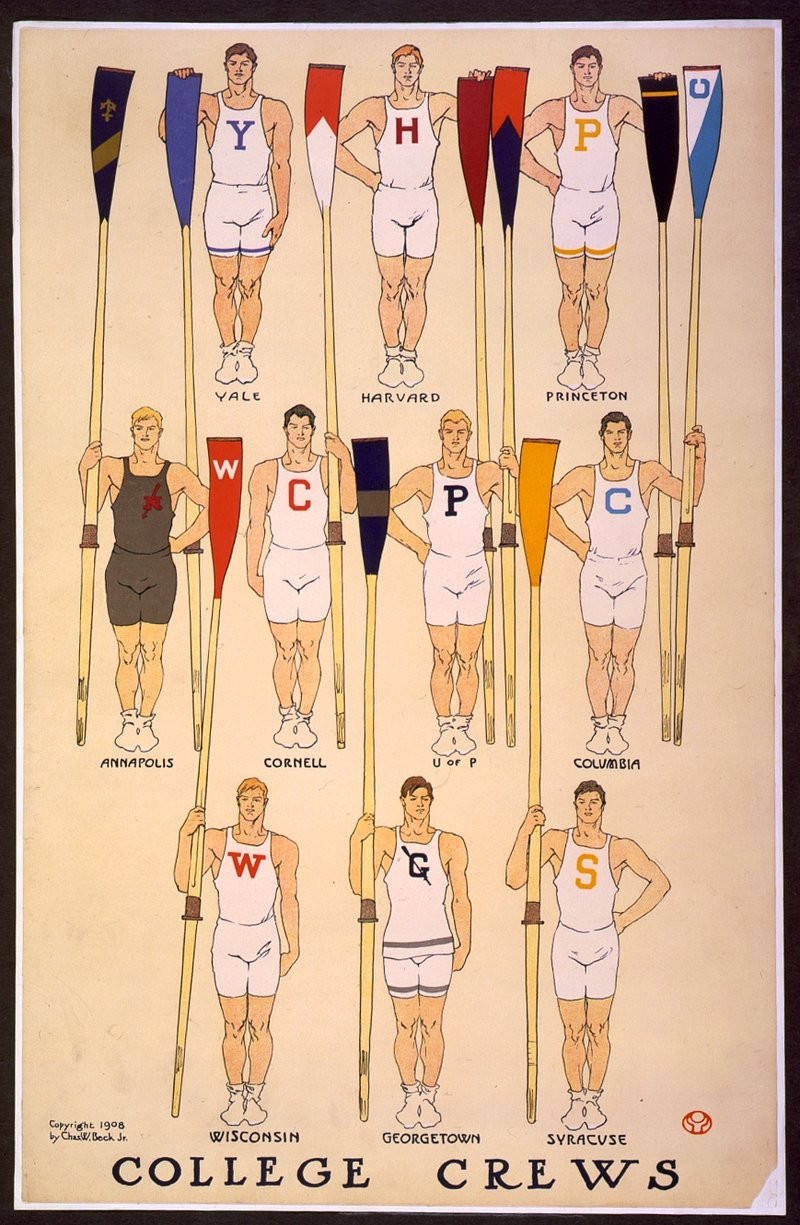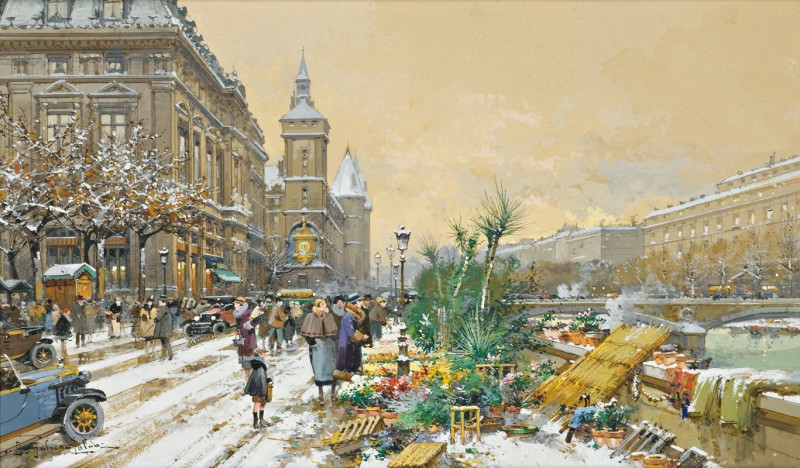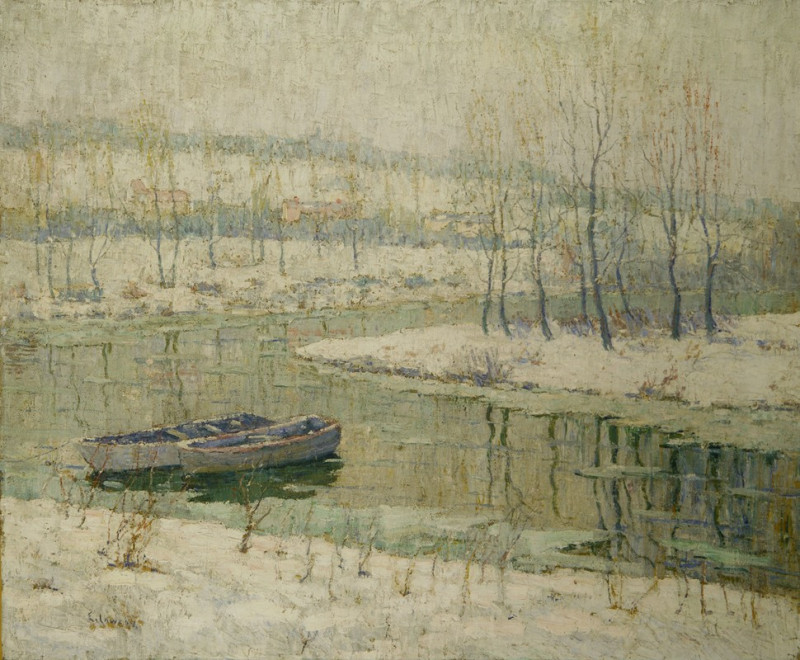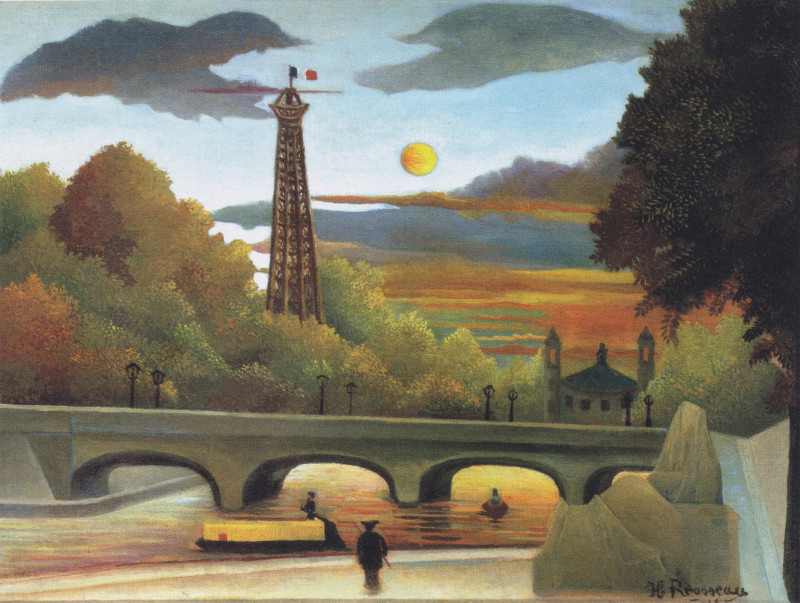The Moselle Bridge, Coblenz (ca. 1842)
Technique: Giclée quality print
Recommended by our customers
More about this artwork
Dive deep into a serene and atmospheric piece from Joseph Mallord William Turner, titled painted around 1842. This sublime artwork exemplifies Turner's masterful use of light and color to evoke a vivid sense of place and mood.In the painting, viewers are greeted with a soft, ethereal depiction of the Moselle Bridge gracefully arcing over the tranquil waters of the Moselle River in the picturesque town of Coblenz (modern Koblenz, Germany). The gentle hues of orange and blue suggest the light of either early dawn or late dusk, casting a peaceful glow over the scene.The bridge itself, shown in a series of arches stretching across the canvas, dominates the composition, but does so with a ghostly delicateness that makes it seem almost insubstantial, as if part of a dream or a fading memory. The reflections on the water enhance this effect, blurring the lines between the tangible and the ephemeral.A small boat with figures can be seen near the center-right of the composition, adding a human element to the landscape, yet their faint rendering also contributes to the overall sense of a fleeting moment captured in time.Turner’s treatment of the sky and clouds with dynamic brush strokes injects a vibrant energy into the scene, contrasting with the quiet, almost mystic calm of the landscape and water below.This piece is a perfect representation of Turner's late style, where he increasingly focused on the atmospheric and the evocative, steering away from detailed narrative and towards emotions conjured by the interplay of light and color.
Delivery
Returns
Joseph Mallord William Turner RA, known in his time as William Turner, was an English Romantic painter, printmaker and watercolourist. He is known for his expressive colourisations, imaginative landscapes and turbulent, often violent marine paintings. He left behind more than 550 oil paintings, 2,000 watercolours, and 30,000 works on paper. He was championed by the leading English art critic John Ruskin from 1840, and is today regarded as having elevated landscape painting to an eminence rivalling history painting.

